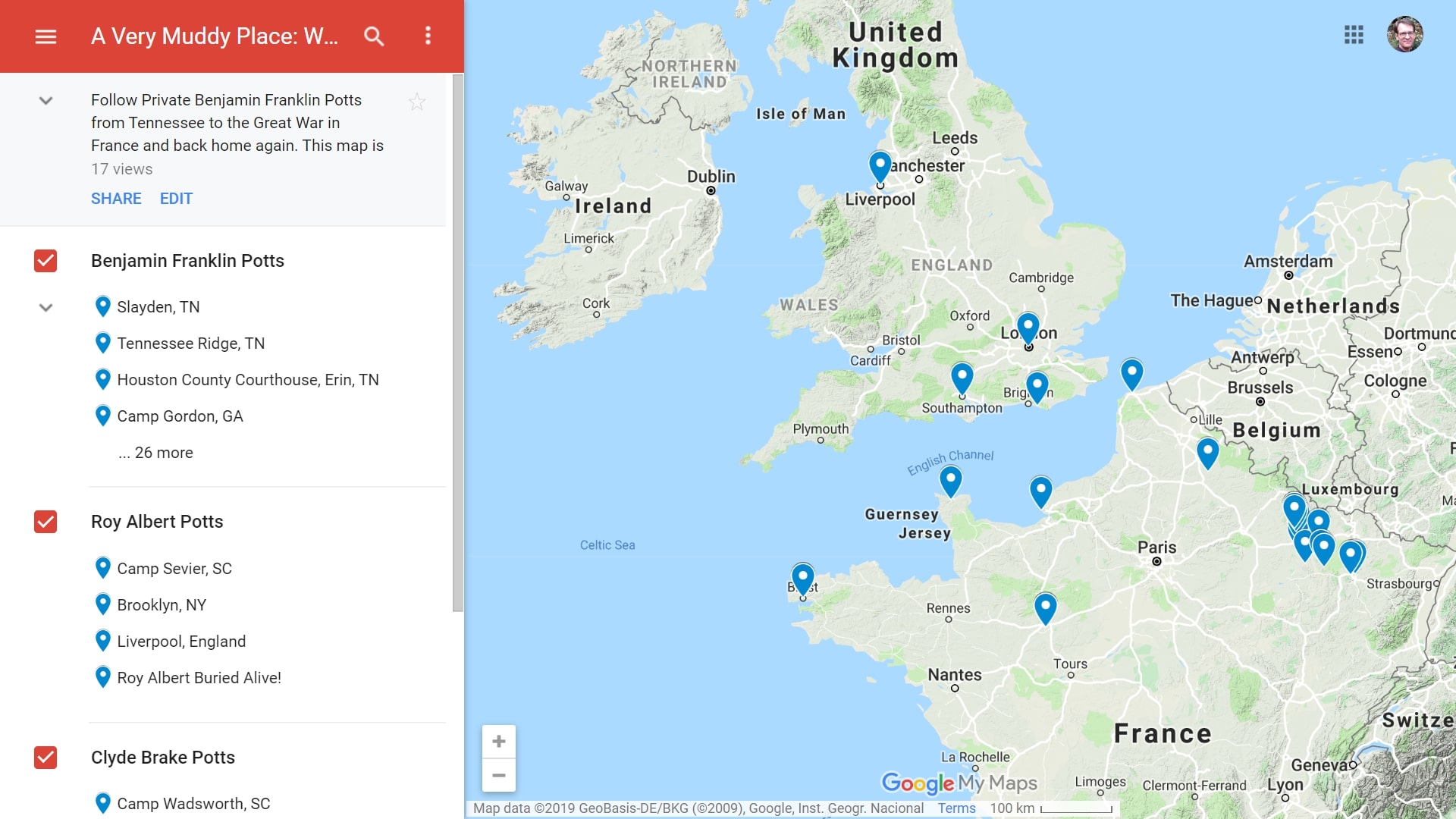75mm Second Hand
A steel chamber holds a brass shell. Inside it, a pin ignites propellant. The confined explosion shoots a projectile and a gout of flame from the 75mm (3 inches) bore. The gun jumps, the earth shudders, a shock wave shatters the air and accompanies a roar that bursts between the ears. Spent, the brass shell slides to the ground with a hallow shing! Another round replaces it and, as soon, ignites. Powder fumes permeate the air. Explosions count seconds across unending darkness…
It was the night of September 25, 1918. To prepare the terrain for the next morning’s attack, the artillery barrage began at 11:30 p.m. “The infantry moved forward through the woods in approximately the formation they were to employ the following day. The men lay down among the big guns and tried to sleep” (Kenamore, From Vauquois Hill to Exermont, 88, emphasis mine).
The video, footage taken by the US Army Signal Corps, shows “The famous ‘75’s’ in action at Le Cotes de Forimont, September 27, 1918.”
Les Côtes de Foriment are a ridge two kilometers (1.24 miles) south of Vauquois. From the 35th Division field orders, we know the division’s 60th Field Artillery Brigade, with their 75mm guns, took position there by September 25.
In the video, notice the gun fires every four seconds. An artillery battery consists of four guns.
…Explosions counts seconds across unending darkness.
In this infernal night lies our young private, waiting, suspended in time, between sleep and prayer.
—Excerpts from A Very Muddy Place: War Stories
